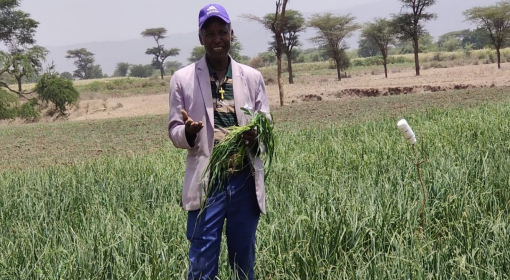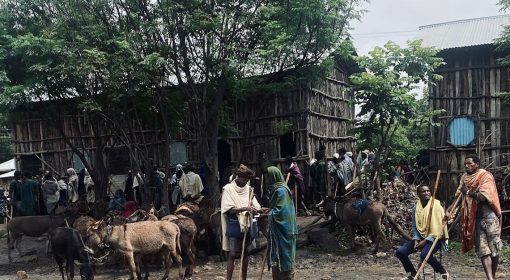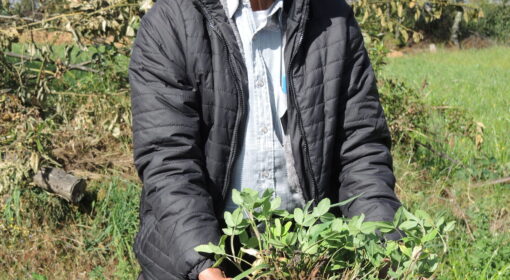By Sukru Esin
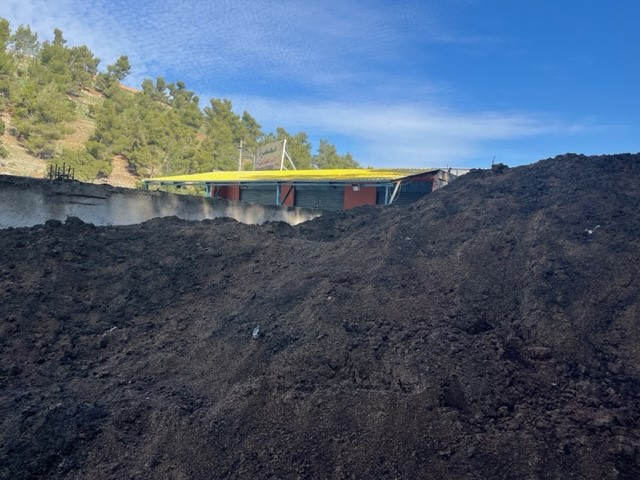
In agriculture, waste is often neglected and not properly managed. This problem not only exists in developing countries but also in developed countries, which are oftem still far from achieving their sustainability goals. Yet, in so-called “waste” lies a major opportunity: the production of bio stimulants.
The term bio stimulant was first used in 2012. Using agricultural waste as a source to develop bio stimulants is a real game-changer. Due to the farm-to-fork and EU Green Deal strategy, the use of chemical pesticides is to be reduced by 50% and nutrient losses (from chemical fertilizers) are to cut by at least 50% by 2030, while ensuring no decline in soil fertility. This includes reducing overall fertilizer use by at least 20%.
The Case of Whey
Take whey, a byproduct of cheese production: the liquid that is left after the co-agulated cheese is pressed. Whey is highly valuable yet is one of the most neglected waste. From 1 liter of raw milk, one can obtain roughly 100g of cheese and 900g of whey. Even though it has a nutrient-rich profile, whey is often discharged to the wastewater or streams. However, some countries began to valorize whey. For instance, Spain valorizes 20% of the whey for reuse. Often in whey powder and bio stimulant.
So, what should be done in this regard? We have an unlimited amount of waste, and most of it is either free or almost free. These wastes should be selected and, in two ways, need to be valorized. The first option is for startups and farming unions to learn how to convert their waste into bio stimulants and sell or use them in the agricultural sector. The second option is my favorite, which involves providing training to farmers in developing countries and their unions to help them valorize their agricultural waste, reduce the use of chemical fertilizers and pesticides, and increase yields.
Of course, bio stimulants are not a silver bullet. Bio stimulants for instance still have a product standardization problem. However, all in all, agricultural waste is often free or very low-cost. Why don’t we valorize it and increase the yield, while reducing pesticide and chemical fertilizer application?
Currently, amino acids are the largest portion of the bio stimulants on offer, being the oldest and most successful among the others. For amino acids acid hydrolysis is the main method of extraction from animal waste, such as leather, blood, unused meat, nail, and hair, through acid hydrolysis. Other methods are enzymatic extraction or bacterial fermentation. What we need to know about the amino acid is that it serves as a significant “trigger” in the soil. It increases plant vigor in the early stages, making it easier to metabolize nutrients and control stress amongst others.
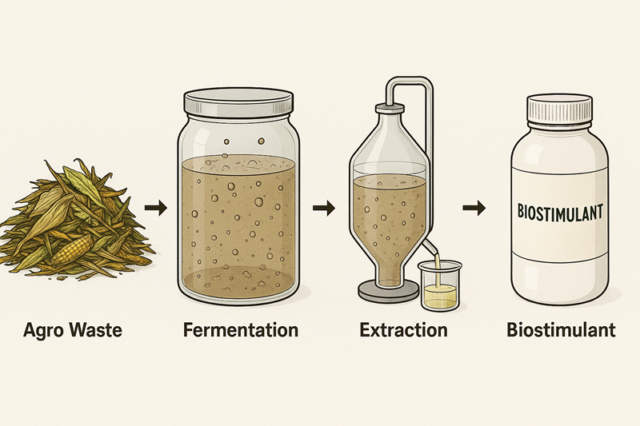
Time to Act
Agriculture remains the largest global industry, and for many developing countries, it’s the backbone of their economy. To stay ahead of multinational pesticide and fertilizer companies, we should organize bio stimulants training not only in developing countries but also in developed countries. Of course, we need to encourage young researchers and entrepreneurs to develop and produce bio stimulants for their market.
Let’s start to systematically use this opportunity to valorize waste, reduce chemical dependence, and foster regenerative farming. It’s time to act!
Prepared as part of the Resolve Program
